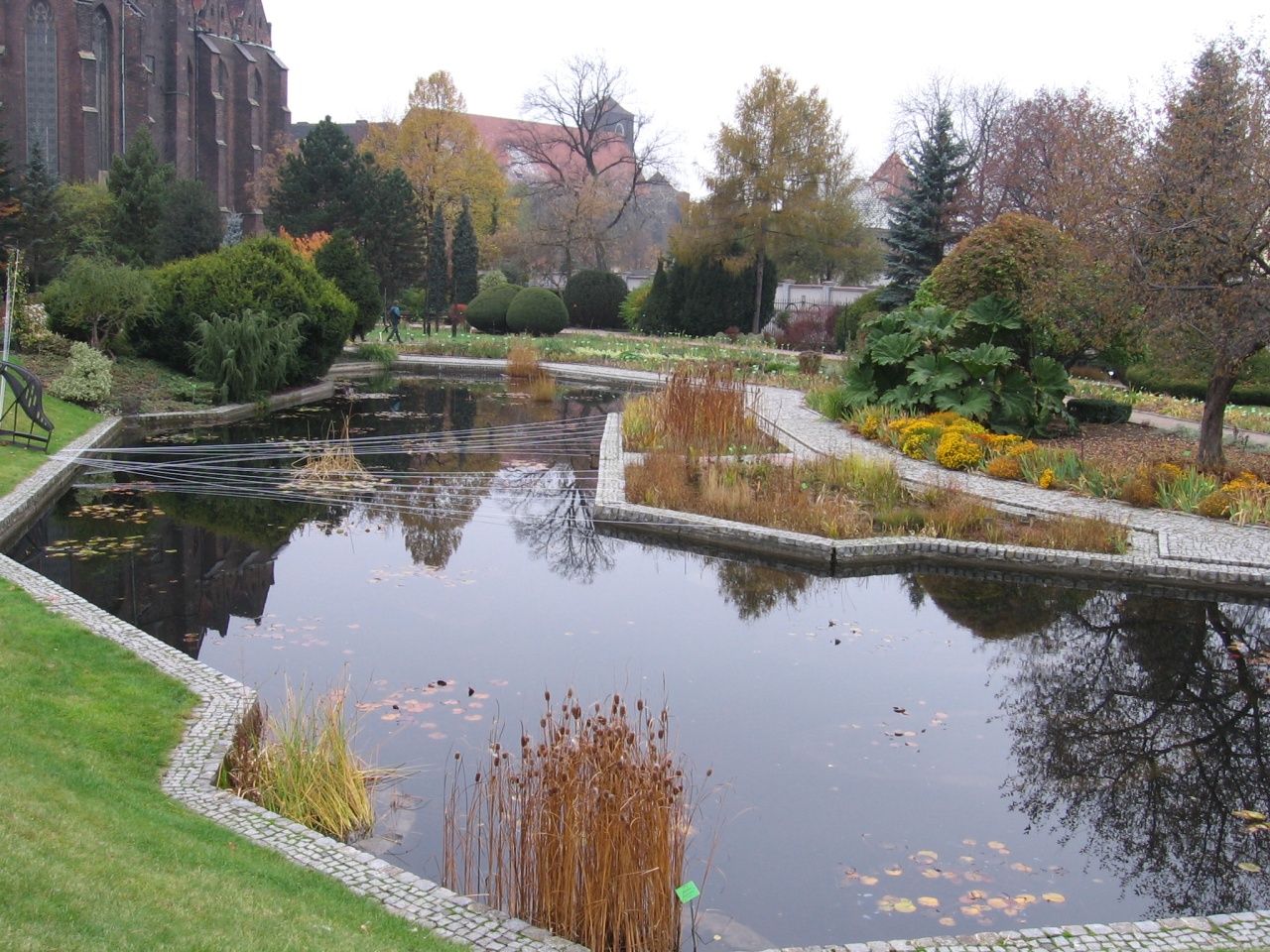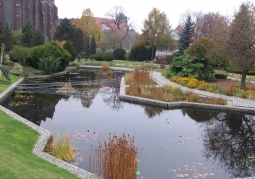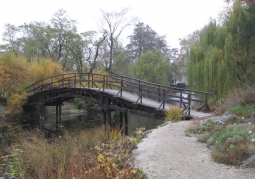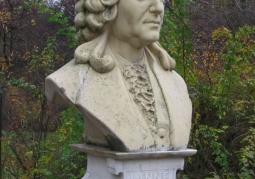Botanical Garden of the University of Wroclaw - Ostrów Tumski - Wroclaw
No weather data
0.0 /5
Number of ratings: 0
Address: ul. Henryka Sienkiewicza 23 , 50-335 Wrocław
It has been operating since 1811 and is one of the oldest facilities of this type in our country. Also called the "oasis of beauty and peace". Initially, it occupied an area of about 5 hectares, but in subsequent years it was gradually enlarged. It is located on the north side of the cathedral of St. John the Baptist and the church of St. Krzyża, partly within the historic Ostrów Tumski. The founders were Professor Heinrich Friedrich Link and Professor of Natural History and Agriculture F. Heyde. In the years 1816-1830, the Wroclaw garden was managed by Ludolf Christian Treviranus, and then the systematist of plants Christian Gottfried Daniel Nees von Esenbeck (1830-1852), Johann Heinrich Robert Göppert (1852-1883), Adolf Engler (until 1889), Karl Prantl (until 1893) ), Ferdinand Pax (until 1926), Peter Stark (until 1928), Johannes Buder (until 1945). Plants in the Wroclaw Botanical Garden come from both nature and other botanical gardens from around the world. There are over 11,500 different species and varieties of soil and greenhouse plants. Thanks to information boards we can learn about history, interesting facts and information about them. There are also 27 natural monuments in the garden (yew, gingko, plane trees, beeches and oaks). Here you can directly commune with fauna and flora, rest and walk along designated paths and paths. You can cross a pond with a footbridge made of wooden beams. The garden consists of nine departments. The first of them are decorative ornamental plants (western part of the garden). There are flowering perennials, hyacinths, daffodils, mowers, peonies and daylilies. In the systematics work, covering an area of about 2 ha, we can admire herbaceous plants and trees, shrubs and bushes. Subtropical and tropical plants can be found in the aquatic, mud and aquarium plants department. The arboretum and rock garden are native and foreign species of trees and shrubs, as well as rock plants. The rest of the garden is occupied by a panorama of nature (an exhibition showing all eras and periods), a tissue culture workshop, didactics and morphology of plants, greenhouse plants (a collection of about 5000 taxa). The Botanical Garden in Wroclaw is available to visitors from April 1 to November 30 from 9:00 to 18:00, while in May and June on all Saturdays, Sundays and holidays from 8: 00-20: 00. Free admission is granted to preschool children, students of the Faculty of Biological Sciences of the University of Wroclaw, chairmen of PTTK and teachers guiding the group, and newlyweds in wedding dresses.
Komentarze
No results
Nearby places
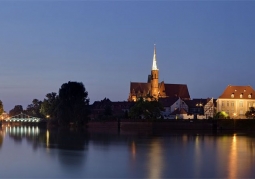
Ostrów Tumski - Wroclaw
Category: Districts, streets and stallsThe oldest, historic part of Wrocław, was created in the area of the Oder crossings, between the mouths of the Oława rivers in the south, Ślęza and Widawy in the north. The river branching out into numerous...
1 km
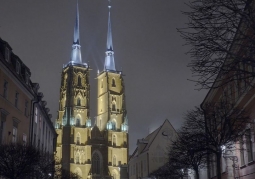
Archcathedral of St. John the Baptist - Ostrów Tumski - Wroclaw
Category: CathedralsThe present cathedral is a three-nave Gothic oriented basilica with a surrounded bypass (ambulatory) and a four-sided choir 100 m long and 44.5 m wide. Both the western and eastern façades are flanked with towers, of...
1 km
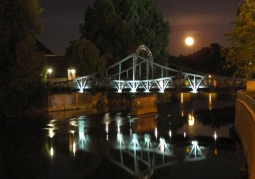
Tumski Bridge - Ostrów Tumski - Wroclaw
Category: BridgesOne of the most characteristic bridges of Wroclaw, a 19th century bridge connecting Ostrów Tumski with the island of Pasek. Colloquially also called the Bridge of Lovers or the Cathedral Bridge. In 2009, the first...
1 km
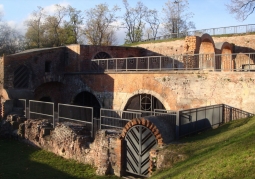
Brick Bastion - Old Town - Wroclaw
Category: Defensive Fortifications and CastlesThe now defunct fragment of the fortifications of the city of Wrocław, located in the north-eastern part of the belt of external walls surrounding the New Town of Wrocław. This bastion was built in 1585 in the place...
1 km
Nearby places

Ostrów Tumski - Wroclaw
Category: Districts, streets and stallsThe oldest, historic part of Wrocław, was created in the area of the Oder crossings, between the mouths of the Oława rivers in the south, Ślęza and Widawy in the north. The river branching out into numerous...
1 km

Archcathedral of St. John the Baptist - Ostrów Tumski - Wroclaw
Category: CathedralsThe present cathedral is a three-nave Gothic oriented basilica with a surrounded bypass (ambulatory) and a four-sided choir 100 m long and 44.5 m wide. Both the western and eastern façades are flanked with towers, of...
1 km

Tumski Bridge - Ostrów Tumski - Wroclaw
Category: BridgesOne of the most characteristic bridges of Wroclaw, a 19th century bridge connecting Ostrów Tumski with the island of Pasek. Colloquially also called the Bridge of Lovers or the Cathedral Bridge. In 2009, the first...
1 km

Brick Bastion - Old Town - Wroclaw
Category: Defensive Fortifications and CastlesThe now defunct fragment of the fortifications of the city of Wrocław, located in the north-eastern part of the belt of external walls surrounding the New Town of Wrocław. This bastion was built in 1585 in the place...
1 km
